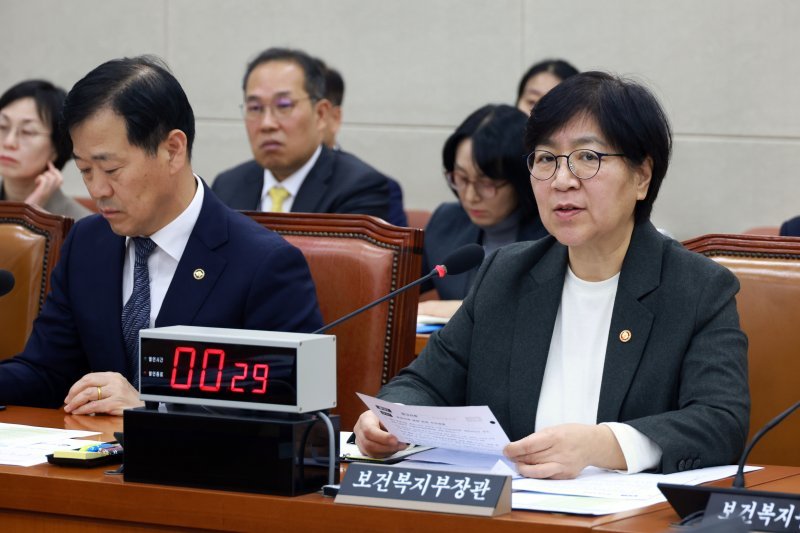[Editorial] Enhance the Effectiveness of the Regional Physician System, and the Medical Community Must Take a Forward-Looking Stance
- Input
- 2025-11-23 19:29:10
- Updated
- 2025-11-23 19:29:10

At the time, hospitals refused to accept the patient, citing reasons such as 'unable to admit pediatric critical patients,' 'no pediatric neurology available,' or 'will respond after confirmation.' Incidents where emergency patients are repeatedly turned away and ultimately die without receiving timely care are not new. Every administration has announced measures to save regional and essential medical facilities, but these efforts have consistently failed due to opposition from the medical community. The previous administration even pushed for an increase in the medical school quota, leading to the worst-ever conflict between the government and the medical sector. Public disappointment has been immeasurable. Now is the time to move beyond distrust and for the medical community, government, and political circles to come together to find solutions.
The Regional Physician System bill, which passed the Health and Welfare Committee of the National Assembly of the Republic of Korea on the 20th, could be an alternative to revive the collapsing regional healthcare system. The core of the system is to select a certain percentage of medical school students as regional physicians, who will be required to work in designated areas for ten years. The government will cover all admission fees, tuition, and dormitory expenses. In return, if regional physicians violate their service obligations and do not comply with corrective orders, they may face license suspension and other restrictions. The Regional Physician System was a campaign pledge of President Lee Jae-myung and is included in the national policy agenda.
With both the government and political circles showing determination, the system could be implemented as early as the 2027 admissions cycle. Given the tight schedule, detailed and effective implementation plans must be developed swiftly. Determining the appropriate number of regional physicians and the level of compensation will be crucial to the system’s success. The Medical Workforce Supply and Demand Estimation Committee should actively review the scale of regional physicians along with the medical school quota. Careful measures are also needed to prevent a mass exodus after the ten-year service period. Jeong Eun-kyeong, Minister of Health and Welfare, stated, 'The government will provide full support so that regional physicians become the cornerstone of local healthcare.' Tangible improvements in working conditions that physicians can feel must follow. A bold compensation system is necessary.
The medical community must cooperate rather than simply oppose. Immediately after the bill passed the standing committee, the Korean Medical Association (KMA) objected, claiming it infringes on physicians’ freedom of residence and occupational choice. The Korean Intern Resident Association also issued a statement on the 23rd, opposing the introduction of the Regional Physician System, likening it to 'sowing seeds in barren land that has not yet been cultivated.'
The concerns raised by the medical community are not entirely unfounded. Calls for improving local living conditions and medical infrastructure are valid. Expanding the number of local specialist instructors and strengthening the capabilities of core training hospitals are also important points. However, these reasons cannot justify opposing the introduction of the system. The urgent issues of patients traveling to the capital region for treatment and being repeatedly turned away from emergency rooms must be addressed. A forward-looking attitude from the medical community is desperately needed.